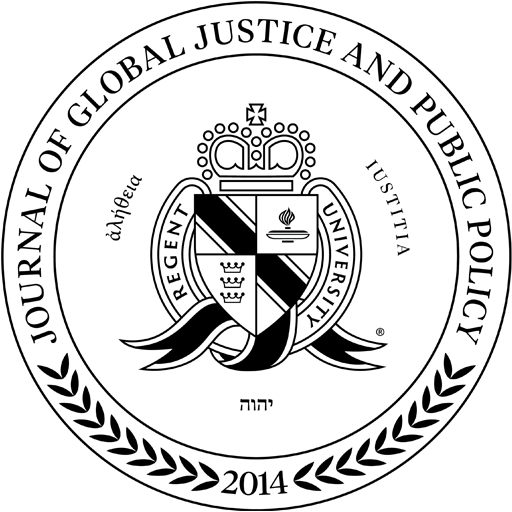Stephen Casey† | 3 Regent J. Glob. Just. & Pub. Pol. 157
Women’s rights changed markedly in the fifty years since Griswold v. Connecticut, 1 and this author believes the Griswold decision and its progeny weakened our body politic, and women’s rights, as a whole. This Article reviews Griswold and its effects through two particular lenses. The first lens focuses on federalism, exploring the negative effects of Griswold on the body politic where it weakened many aspects of our national experiment, a balance of power between two coexistent sovereigns, the state government and the federal government. The second lens spotlights women’s health as measured by health outcomes and economic incentives, arguing that political strong arming by the judiciary, an abuse of the police power, inhibits the political feedback required for legislatures to make informed decisions in the women’s health sphere.
I. HISTORICAL CONTEXT: FOUR “WAVES”
Women’s rights in the United States generally divides into “waves,” or periods, of activity or focus. 2 The first wave centered on suffrage and access to the franchise. 3 That wave pushed through the 1920s and obtained the ratification of the Nineteenth Amendment that granted female suffrage.4 The second wave (1920s–1990s), in which Griswold arose, addressed what is termed “de facto” inequalities, such as sexual and reproductive rights. 5 These inequalities were considered limitations to female workplace advancement due to childbirth and traditional domesticity, which had been largely a female role. 6 The development of women’s study programs and scholarship in women’s fields began to rise, 7 and during this time the terms sex and gender were differentiated; the former as a biological fact, and the latter as a social construct. 8
Wave three began in the mid-1990s as a reaction to the rejection of modernity by the second wave.9 In it, women functioned in a power role, exploiting their sexuality by proudly wearing the plunging necklines that the first two waves would consider as symbols of male oppression. 10 In addition, the third wave developed and embraced the concept of universal womanhood and brought in non-western ideologies of womanhood. 11 It grew and concentrated primarily in academic halls and focused a great deal on theory. 12
The current, or “fourth” wave extends the battle of women for equality to all marginalized people groups, viewing the third wave as too limiting in its exclusive focus on women. 13 This wave, as with all previous waves, does not perceive itself as a separate movement from its predecessors; rather, each group functions as a Hegelian dialectical synthesis, reacting to society’s antithesis against it, producing a new, blended approach to women’s rights. 14 For the purposes of this Article, the first wave—and the suffrage movement in particular—offers an excellent backdrop against which to measure Griswold and its effects.
† J.D. Regent University, 2008. Chief Counsel for Texas Center for Defense of Life.
1 Griswold v. Connecticut, 381 U.S. 479 (1965).
2 See Martha Rampton, Four Waves of Feminism, PAC. UNIV. OR. (Oct. 25, 2015), http://www.pacificu.edu/about-us/news-events/four-waves-feminism.
3 Id.
4 The Women’s Rights Movement, 1848–1920, U.S. H. OF REP.: HISTORY, ART & ARCHIVES , http://history.house.gov/Exhibitions-and-Publications/WIC/Historical-Essays/No-Lady/Womens-Rights/ (last visited Sept. 10, 2016).
5 A Look Back: The Second Wave of Feminism, RADICAL N OTION (June 1, 2015), http://www.theradicalnotion.com/look-back-second-wave-feminism/.
6 See Rampton, supra note 2.
7 Katherine D. Kalagher, The Development and Impact of Women’s Studies In American Higher Education, GOODWIN COLL. 7, 8 (2014), http://digitalcommons.goodwin.edu/cgi/viewcontent.cgi?article=1008&context=gen_fac_pubs.
8 Rampton, supra note 2.
9 See id.
10 Id.
11 Id.
12 See id.
13 See id.
14 Id.
